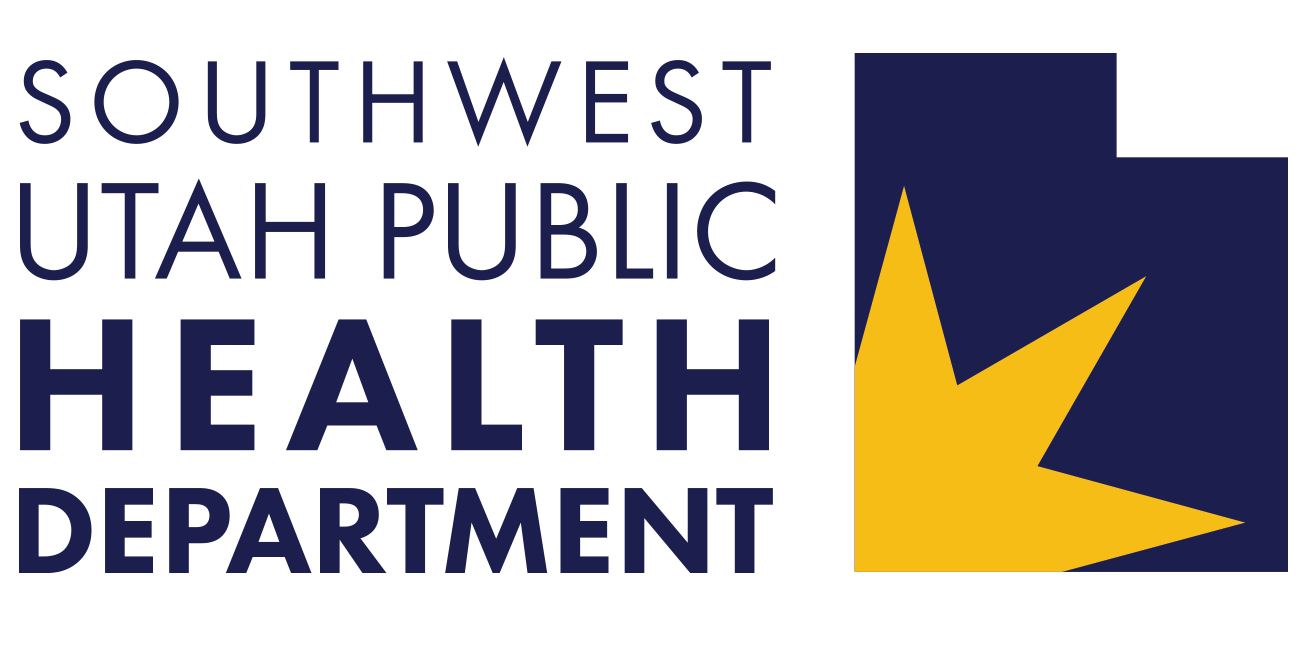For many of us, disease outbreaks that make international headlines often seem like something out of a movie. We read about severe symptoms, rapid spread, and strict containment measures in far-off places.
One disease recently in the news is the Marburg virus—a rare but dangerous hemorrhagic fever in the same family as Ebola. Outbreaks in parts of Africa have sparked intense media coverage because of Marburg’s high fatality rate and rapid spread through direct contact with bodily fluids. The symptoms can be dramatic: high fevers, intense headaches, and—in serious cases—uncontrolled bleeding. However, it’s important to keep the threat of Marburg virus in context:
• No cases have been reported in the United States.
• Outbreaks remain confined to certain regions where health experts are collaborating to limit further spread.
• If you do not travel to or have direct contact with someone from an affected region, your personal risk is extremely low.
The bottom line? While Marburg virus is undeniably scary, it’s very unlikely to pose an immediate threat to those of us in Southwest Utah. The reality is that the illnesses that most impact our health aren’t exotic—they’re the ones already circulating in our community.
Sometimes, it’s the less dramatic diseases that end up causing the most disruption. Data from the Southwest Utah Public Health Department consistently show that a few communicable diseases remain our top concerns year after year:
Influenza (Flu)
• The flu can lead to severe complications—particularly for older adults, young children, and those with underlying health conditions.
• Annual vaccination, frequent handwashing, and staying home when you’re ill significantly reduce the spread.
Respiratory Syncytial Virus (RSV)
• RSV primarily affects young children and older adults, but anyone can catch it.
• The virus often spreads in close-contact settings like daycares, schools, and nursing homes.
• Vigilance and consistent hygiene are key to prevention.
Norovirus
• Commonly known as the “stomach flu,” norovirus can strike quickly and cause vomiting and diarrhea.
• Outbreaks often occur in schools, long-term care facilities, and other crowded settings.
• Proper handwashing and frequent disinfection of surfaces are essential for control.
Food-Borne Illnesses
• These arise from consuming contaminated foods or beverages—often due to improper handling, cooking, or storage.
• Common culprits include Salmonella, E. coli, and Campylobacter.
• Preventive measures include thorough cooking of meats, avoiding cross-contamination in the kitchen, and washing produce properly.
While these illnesses may not command headlines like Marburg virus, we tend to underestimate their impact because they seem familiar or routine. Fortunately, the spread of these infections can be decreased through consistent practices of hygiene, safe handling, and social considerations.
The Southwest Utah Public Health Department will keep area residents informed of any significant outbreaks, whether the pathogen is common or unusual. Local health alerts are shared with local news agencies and posted online at swuhealth.gov and social media platforms (Facebook and Instagram).
This article originally appeared in the Spring 2025 issue of HEALTH Magazine.






